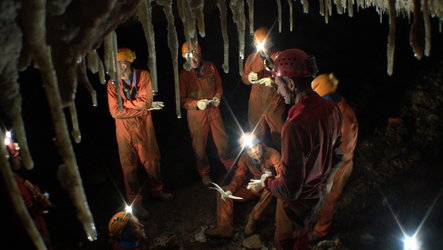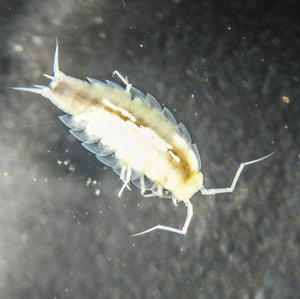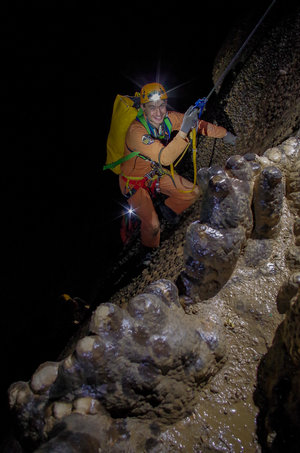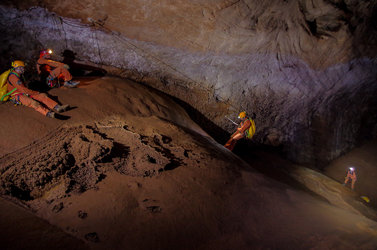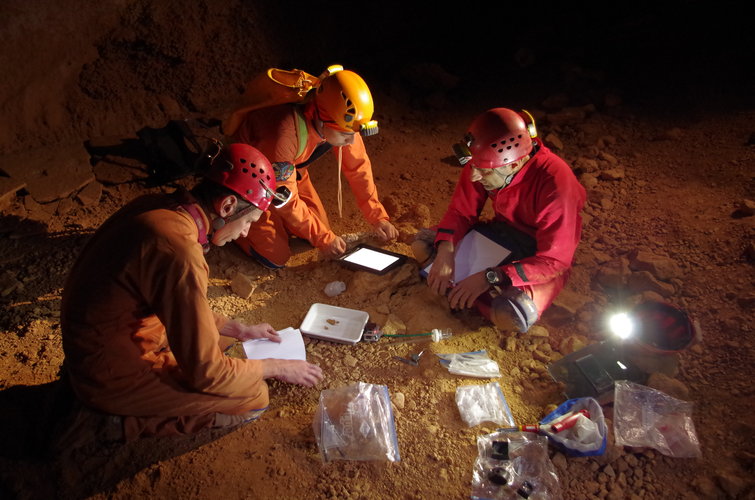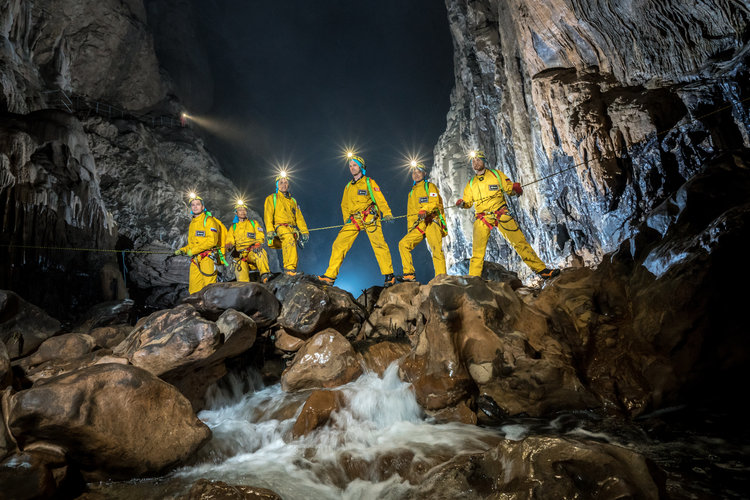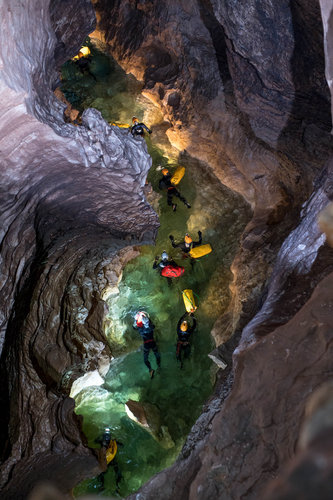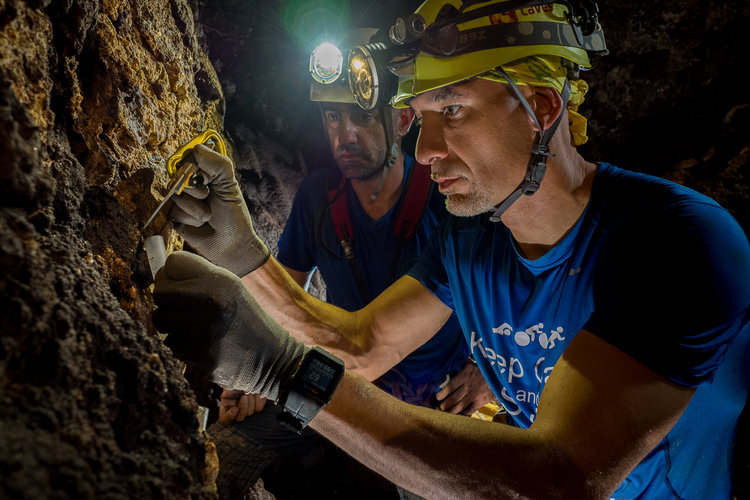CAVES timeline
Astronauts on the CAVES course spend almost a week getting to know each other and learning the skills required to orient, explore, survey, study and document the maze of underground tunnels and chambers that will be their home for six days.
During the first week of training they will be presented with tasks and problems designed by the trainers. How they tackle difficulties and work together will help their crewmates and the trainers to suggest improvements on their capabilities and skills.
Before they head underground the astronauts learn safety protocols, cave progression techniques, cave surveying and exploration, and orientation techniques. Cave photography is taught so they can document their exploration and scientific investigations as well as take a photographic record of their scientific work, and of the life encountered.

They are also given pointers on how to work together and assess problems as a team, both by taking a leadership role but also by following orders. The cavenauts decide on the roles and responsibilities they will assume during the course between each other.
What equipment is necessary? How much food should be taken underground? Food reserves and a one-time-only resupply fall under cavenaut responsibility, demanding team decision-making skills.
Heading underground

Five days into the course the astronauts start their six-day underground expedition. Following the instructors and safety personnel in a cavewalk that lasts up to five hours, the astronauts must slide along steel cables and climb ropes to get to basecamp. The instructors supervise safety of the complex journey and provide pointers and practical tips.
Once at basecamp, the cavenauts set up tents to make a dark and humid home for the next six days. Exploration and science takes place from here and the astronauts will always return here to sleep.
As they would on the International Space Station, they begin each morning with a daily planning conference. Another is held in the evening to report on achievements and discuss the next day.
One resupply mission is programmed during the time underground. The cavenauts can call mission control above ground and request items from a set list. Limited by volume and weight, careful planning is required to include all the items they may need to continue the course underground. The astronauts can send back the equivalent weight in rubbish and items no longer in use.
Light again

After six days without sunlight, the cavenauts return to Earth on day 11 of the course. On exit, the astronauts experience a similar sensory overload to astronauts returning from spaceflight. After days without smells, constant humidity and no Sun, returning above ground can be overwhelming. Smells, sounds and colours hit the senses with a new freshness.
Two days are spent debriefing, providing feedback, reporting, presenting results, finalising experiments and returning used and dirty equipment.
Many scientific experiments conducted below require more study above ground and the procedures followed require more writing up.
After two packed weeks it is time continue their training with the partners that make up the International Space Station: USA, Japan, Russia, Canada and Europe.















 Germany
Germany
 Austria
Austria
 Belgium
Belgium
 Denmark
Denmark
 Spain
Spain
 Estonia
Estonia
 Finland
Finland
 France
France
 Greece
Greece
 Hungary
Hungary
 Ireland
Ireland
 Italy
Italy
 Luxembourg
Luxembourg
 Norway
Norway
 The Netherlands
The Netherlands
 Poland
Poland
 Portugal
Portugal
 Czechia
Czechia
 Romania
Romania
 United Kingdom
United Kingdom
 Slovenia
Slovenia
 Sweden
Sweden
 Switzerland
Switzerland




























